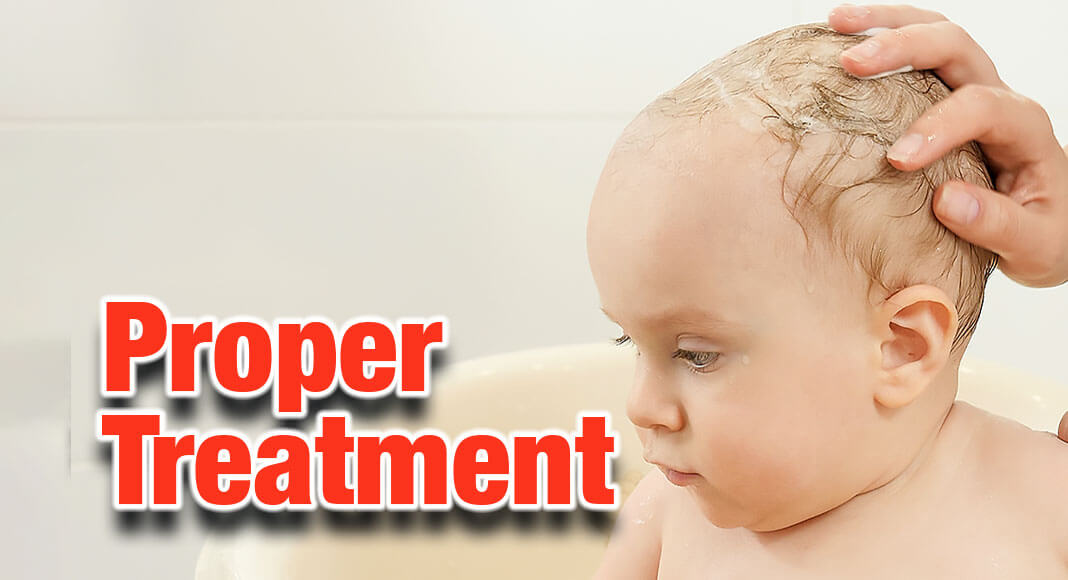
Mega Doctor News
Newswise — ROSEMONT, Ill. — Bringing home a new baby is a joyous time for any parent. For first time parents, bringing home a new baby can unlock a wide range of emotions—from excitement to nervousness. As you adjust to parenthood, you’ll notice that your baby has the softest skin, however, you may notice scaly, greasy patches develop on their scalp. While this may be unfamiliar to first time parents, these harmless patches are a type of seborrheic dermatitis called cradle cap. Fortunately, dermatologists from the American Academy of Dermatology say four simple tips can help treat cradle cap.
“New parents shouldn’t be alarmed by cradle cap,” says board-certified dermatologist Elena Hawryluk, MD, PhD, FAAD. “For most patients, it is harmless and will go away on its own after a few months. Although treatment is not necessary, there are steps you can take at home to help loosen and remove the scale.”
To treat cradle cap at home, Dr. Hawryluk recommends following these tips.
Wash your baby’s hair more frequently. For most babies, shampooing as frequently as every other day can help soften the scale and reduce cradle cap. However, if your baby has eczema or another skin condition, follow your dermatologist’s directions about how often to bathe your baby.
Use the right shampoo. Use fragrance-free baby shampoo. However, if washing your baby’s hair with this shampoo isn’t enough to keep the cradle cap in check, switch to one formulated to treat this condition. Look for the term “cradle cap” on the label, or ask your dermatologist for a recommendation.
Gently massage away the scale when shampooing. For more stuck-on scale, use a non-food-based oil (like baby oil) to help soften the scale and make it easier to remove. Apply the baby oil to the scalp before bathing, then shampoo while gently massaging the scale with your fingers. You can carefully use a baby brush during your baby’s bath to help remove the scale in their hair. You can also use a baby comb. Never scratch or pick at cradle cap, as this could irritate the skin or cause an infection.
Know when to see a dermatologist. If your baby has a severe rash spreading beyond their hair, pain, a disruptive itch, hair loss, or an odor coming from the rash, make an appointment to see a board-certified dermatologist, who can offer prescription treatments.
“For most infants, cradle cap tends to improve by six to 12 months of age,” says Dr. Hawryluk. “If you notice your baby’s symptoms worsening, or if you have questions about treating your baby’s skin, hair, or nails, talk to a board-certified dermatologist.”
These tips are demonstrated in “How to Treat Cradle Cap,” a video posted to the AAD website and YouTube channel. This video is part of the AAD’s “Video of the Month” series, which offers tips people can use to properly care for their skin, hair and nails.
To find a board-certified dermatologist in your area, visit aad.org/findaderm.










